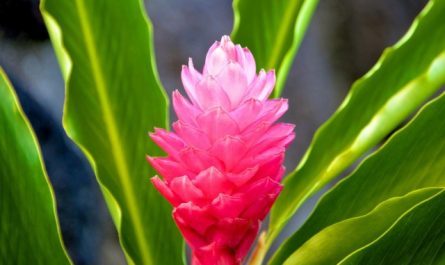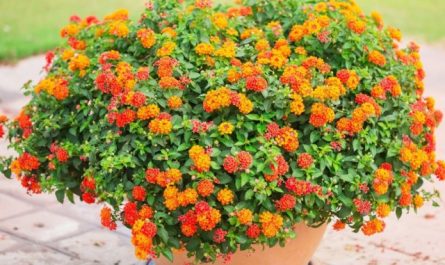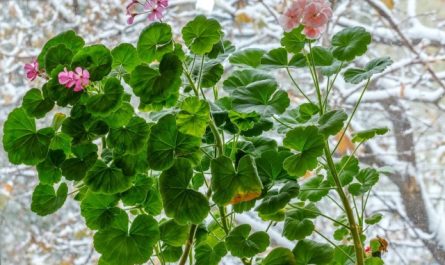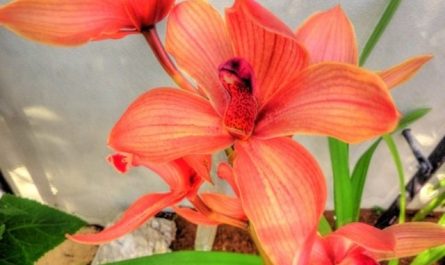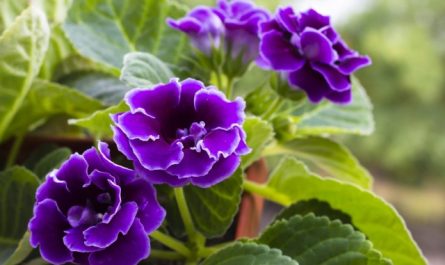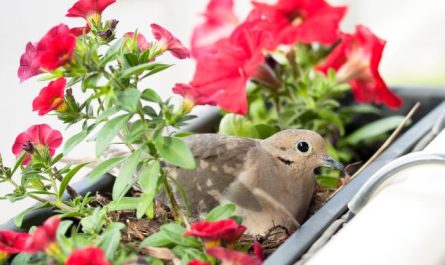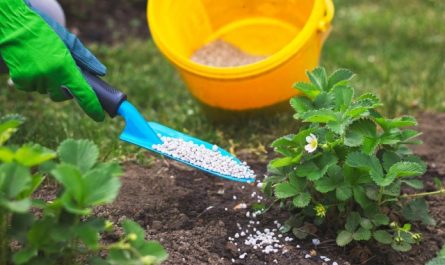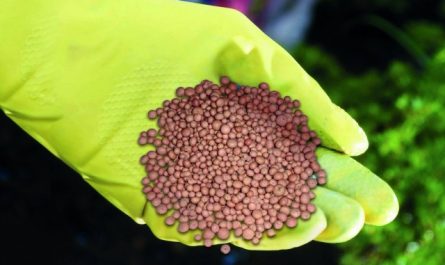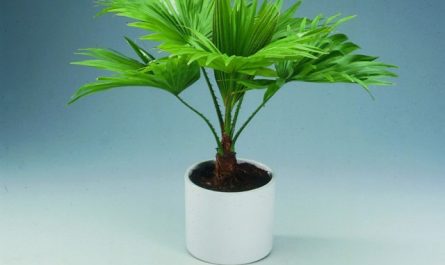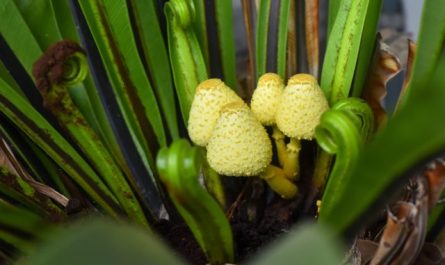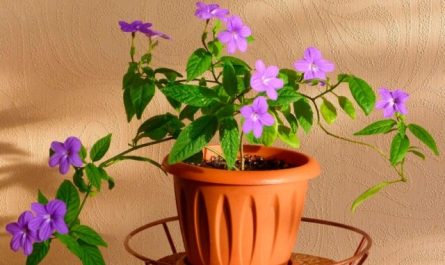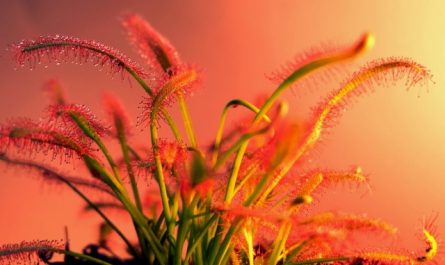The homeland of this rather unusual plant is the tropics of Southeast Asia, Australia, and Polynesia. The very original coloring of the leaves and beautiful spike-shaped inflorescences of Acalypha made it a popular indoor floriculture plant. The Latin name of the foxtail – “acalif” comes from the ancient Greek name for nettle: by the similarity of the leaves.

Description of acalypha
Representatives of the genus Acalypha are evergreen, beautifully flowering shrubs and herbaceous perennials, and less often trees.
There are two groups of foxtail species:
The most common of them have pubescent, pointed ovoid, serrated at the edges, bright green leaves. They bloom with beautiful bright red fluffy drooping spike-shaped inflorescences, reaching up to 50 cm in length, with long flowering. This group of species is grown for the sake of beautiful inflorescences.
The second group of foxtail species are grown for their bronze-greenish, with bright copper-red spots, ovoid, serrated along the edge, pointed leaves, reaching up to 20 cm in length. They bloom with small, up to 5-10 cm long, red flowers collected in inflorescences.

Caring for acalypha at home
Acalypha prefers good lighting, but it should be shaded from direct sunlight. With insufficient light, the plant stretches out, blooms poorly, and variegated forms lose their bright color.
From the beginning of spring until autumn, the foxtail is watered abundantly. In winter, watering is reduced, making sure that the earthen lump does not dry out. Acalyphas need high air humidity, so frequent spraying is necessary. To increase humidity, you can place the pot with the plant in a container with wet peat (expanded clay, pebbles).
Acalypha is a heat-loving plant. In summer, the optimal temperature for it is 20..24 °C, in winter not lower than 16..18 °C. If the temperature in winter is higher than optimal, then water more often.
Starting from March and until autumn, feed once every two weeks with complete mineral or organic fertilizers. In winter, acalypha is not fed.
All acalyphas are fast-growing plants, so to give a more lush shape, young plants are pinched, removing buds from the upper shoots. To renew adult plants, annual pruning must be used. This procedure is carried out in February before the beginning of the growing season. Foxtail has all shoots cut off, leaving stumps 25-30 cm high, after which the plant is constantly sprayed, you can put on a transparent plastic bag for better adaptation.
Young plants are replanted annually, adult specimens – every 3-4 years, if the foxtail has lost its decorative effect, it is renewed by rooting cuttings.
The soil mixture for growing foxtail should be light, permeable to water and air. Its composition: turf, leaf soil, high-moor peat, sand, taken in equal proportions. In different sources, the ratio of the substrate parts varies: 4 parts of turf, 1 part of leaf soil, 2 parts of greenhouse soil and 0,5 sand or acidic high-moor peat and one part of leaf soil and sand.

Reproduction of Acalypha
Acalypha is propagated by seeds and apical cuttings.
Acalypha seeds are sown in March-April, the substrate used consists of leaf soil and sand (1:1). It is necessary to maintain a temperature of 20..22 °C, when using a mini-greenhouse with bottom heating, seed germination occurs faster. Foxtail seedlings are pricked out into a substrate consisting of leaf, turf soil and sand (1:1:1,2).
Decorative flowering acalyphas are propagated by cuttings in March, and foliage-decorative ones – throughout the year.
For this purpose, semi-lignified apical shoots of acalypha are used. They are rooted in sand or in a mixture of peat and sand (1:1). The temperature should not be lower than 20..22 °C; a mini-greenhouse with bottom heating, with a temperature within 22..25 °C, gives good results. The cuttings are periodically sprayed and regularly ventilated.
After the foxtail cuttings have taken root, they are planted in a substrate consisting of leaf, turf, peat soil and sand (1:1:1:2). For greater decorativeness, several rooted plants can be planted in one pot (Acalypha hispida).
Care for young plants is the same as for an adult plant, but they should be gradually accustomed to bright sunlight. 1,5 months after planting, foxtail should be pinched, removing buds from the tops of the shoots.

Potential difficulties when growing foxtail
Brown, wet spots appear on the leaves:
- This may be due to leaf spotting.
Wilting leaves:
- The reason may be overdrying or overmoistening of the soil lump. Adjust watering. Another reason may be too heavy substrate. Replace the substrate with a more suitable one.
The leaves lose their color, the leaves turn pale:
- The reason may be a lack of light. Adjust the illumination. If the plant is in the shade for a long period, then it is necessary to gradually accustom it to more light. In winter, illumination with fluorescent lamps is desirable.
Dry brown leaf tips:
- The reason may be too dry air in the room or insufficient watering.
Dark spots appeared on the leaves:
- The cause may be hypothermia or drafts. Another cause may be illness.
Damaged by: spider mites, whiteflies and aphids.
Popular types of acalypha
Acalypha nemorosa (Acalypha chamaedrifolia), also known by the name Acalypha haitica (Acalypha hispaniolae).
Grows in Latin America. Creeping plant, shoots spreading drooping. Leaves are light green, heart-shaped, up to 4 cm long, alternate, leaf edge is serrated. Inflorescences are spike-shaped, pubescent, bright red, drooping from 3-4 cm to 10 cm. Grown as a groundcover and ampelous plant.

Akalifa Godsef (Acalypha godseffiana). It is believed that this acalypha is of hybrid origin. It grows in New Guinea.
The leaves are broadly ovate, narrowly lanceolate, pointed, serrated at the edges, bronze-greenish with bright copper-red spots.
Akalifa Godsefa variegated (Acalypha godseffiana heterophylla). In a number of sources it is mentioned as a hybrid, a number of authors consider this acalypha to be a variety, but this taxon is not present in taxonomic resources.

This acalypha, when grown in bright light, acquires a bright red hue. There are various varieties with beautifully colored leaves.
Acalifa bristly-hairy (Acalypha hispida).
This is an elegant evergreen shrub, native to Polynesia, reaching up to three meters in height in nature. It blooms with beautiful bright red pubescent drooping spike-shaped inflorescences, reaching up to 50 cm in length. With good care, it blooms all year round. There is also an unusual white variety.

Akalifa Wilkes (Acalypha wilkesiana).
An evergreen shrub reaching 1,5 meters in height, there are low-growing forms in culture. The leaves are broadly ovate, pointed, bronze-greenish with bright copper-red spots. Homeland: Pacific Ocean Islands. There are many forms that differ from the main species in the color of the leaves.

We look forward to your advice!
